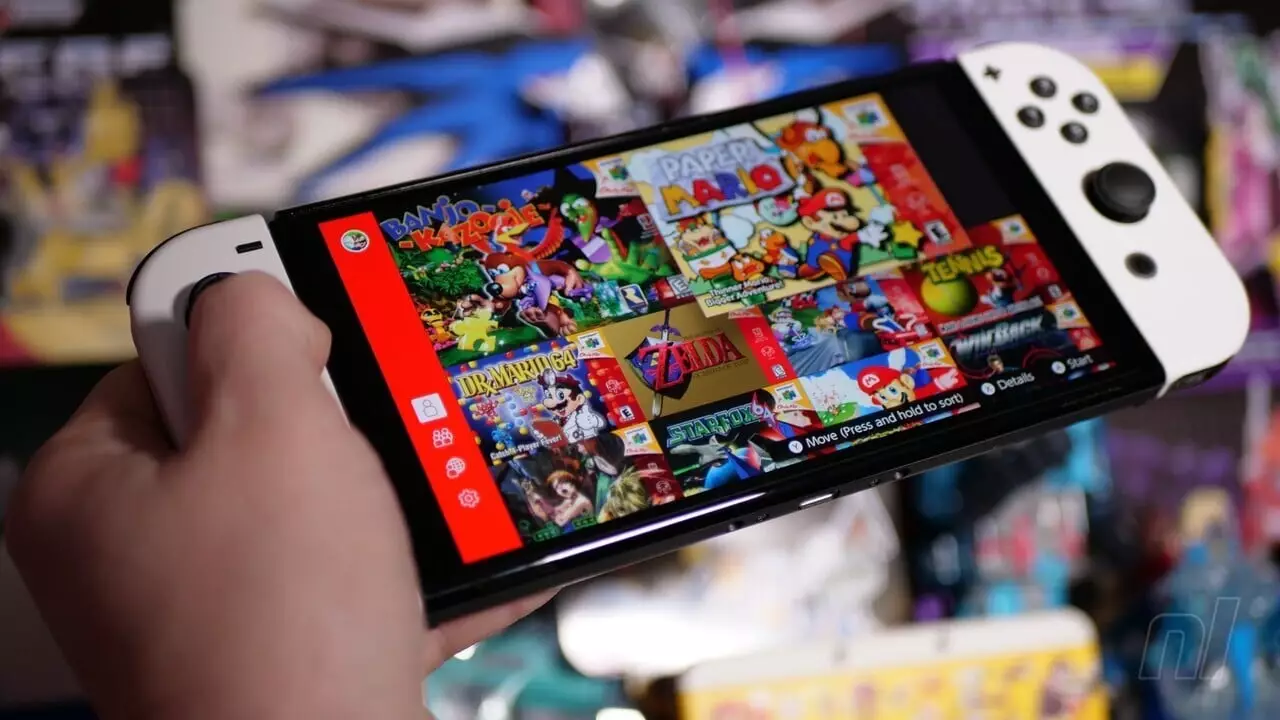For many gamers, Nintendo’s Virtual Console service marked a golden era of accessible nostalgic gaming. Launched on the Wii and extended to the Wii U and 3DS, it provided fans the opportunity to purchase and play classic titles from bygone eras. However, the service was ultimately replaced with the current Nintendo Switch Online (NSO) retro library, which has faced mixed reactions from its user base. Despite its transition to a subscription model, many fans reminisce about the freedom and convenience offered by Virtual Console, where titles were owned rather than rented.
Recent leaks have surfaced, providing insights into Nintendo’s originally intended plans for the Switch’s Virtual Console service, referred to internally as “Clipper.” Dataminer LuigiBlood, through Yakumono’s Blog, disclosed that development for Clipper commenced around 2015, suggesting a potential collaboration between iQue and M2, along with possibly other Nintendo teams. The proposed model echoed the old Virtual Console’s structure but aimed to enhance it by integrating online functionalities. Initially, Nintendo envisioned a free monthly title for NSO subscribers, reminiscent of the allure that the Virtual Console once offered. Initial announcements hinted that subscribers would receive NES or SNES titles with added online play capabilities for a limited time. The pivot to a paid model undoubtedly changed the landscape of retro gaming on the Swtich, as it moved from ownership to a subscription-based service.
The leak also presented intriguing technical details that indicate how rich the user experience could have been. Nintendo’s proposed Clipper service was set to include unique features such as “CRT mode,” which emulated the nostalgic look and sound of playing games on old television sets. This included the approximation of “TV noise” and reminiscent sounds, such as the power-on clicks of classic consoles like the Famicom and NES, which would appeal greatly to long-time fans nostalgically replaying beloved titles. Moreover, significant intent was made to integrate online netplay into the plans, promising a communal gaming experience, reminiscent of modern multiplayer dynamics.
Despite these ambitious plans for the Clipper service, activity surrounding it reportedly dwindled around May 2017, with its focus shifting towards what would become the existing NSO model. This transition aligns with Nintendo’s broader strategy during that period when they announced the official classic game libraries for NSO. The change raised questions among loyal consumers: would they have preferred the ownership model of the Virtual Console or were they satisfied with the subscription approach?
In retrospect, the potential for the Virtual Console to evolve into something like Clipper highlights Nintendo’s ongoing struggle to balance nostalgia with innovation. Gamers today continue to debate the merits of subscription versus ownership, and the decisions made in the past shape future expectations. As Nintendo continues its journey, it remains to be seen how they will utilize their rich legacy to engage new audiences while catering to longtime fans craving sentimentality in gaming accessibility. The dialogues sparked by such leaks invite deeper discussions around how beloved titles should be distributed in an ever-evolving market, ensuring that the spirit of gaming nostalgia continues to thrive.

